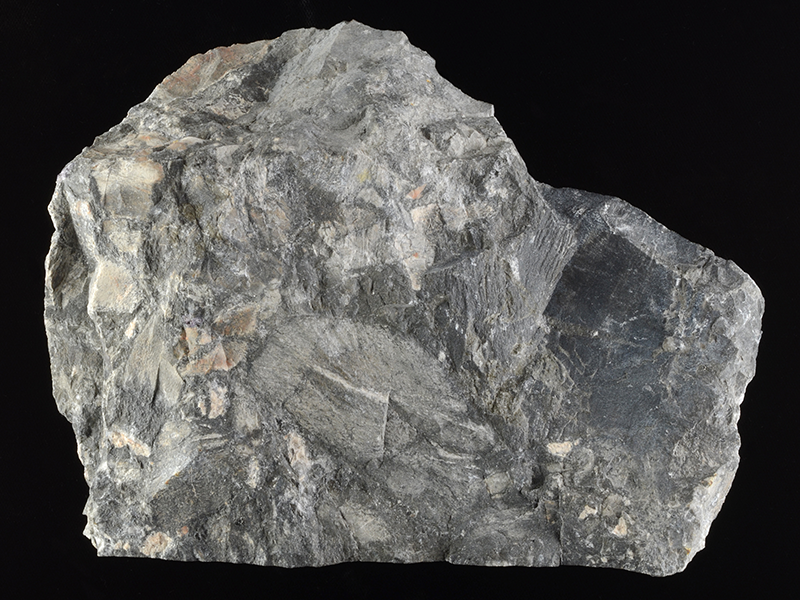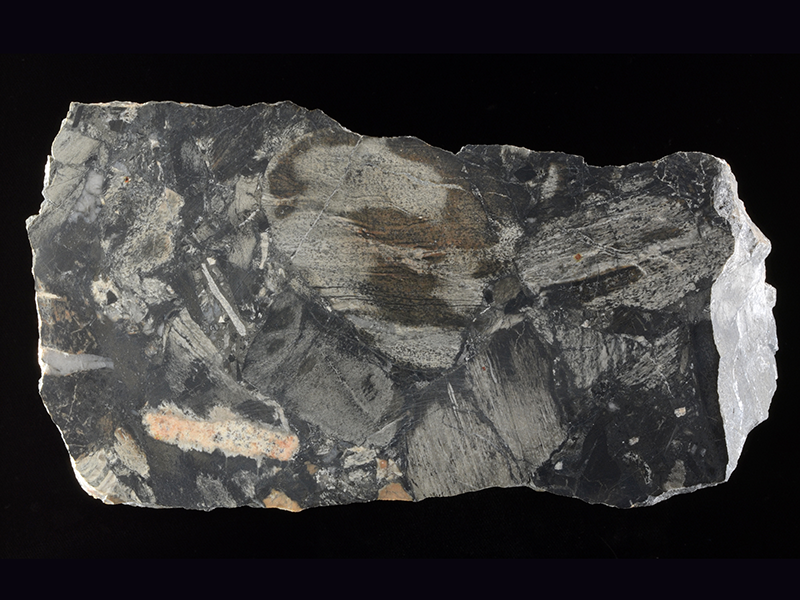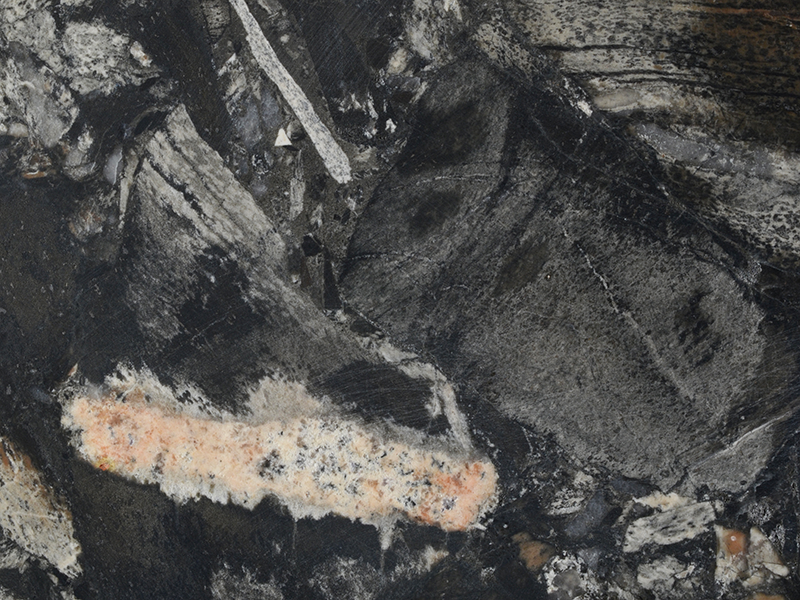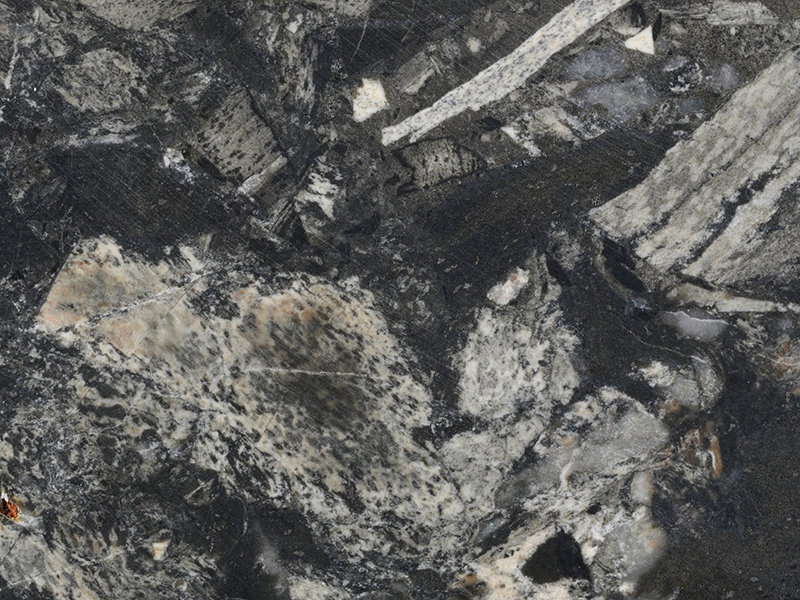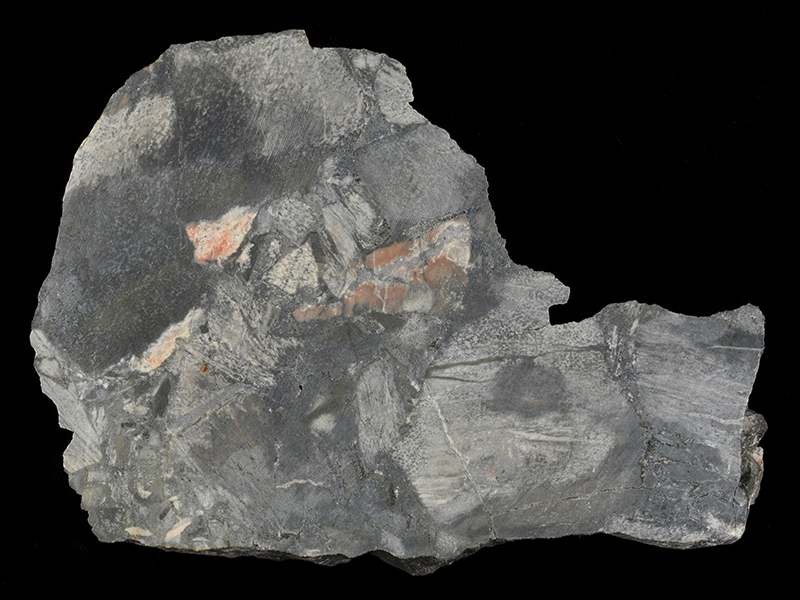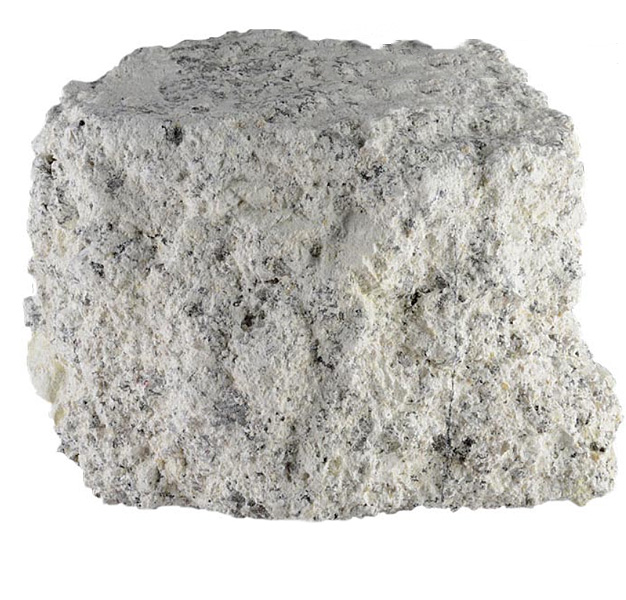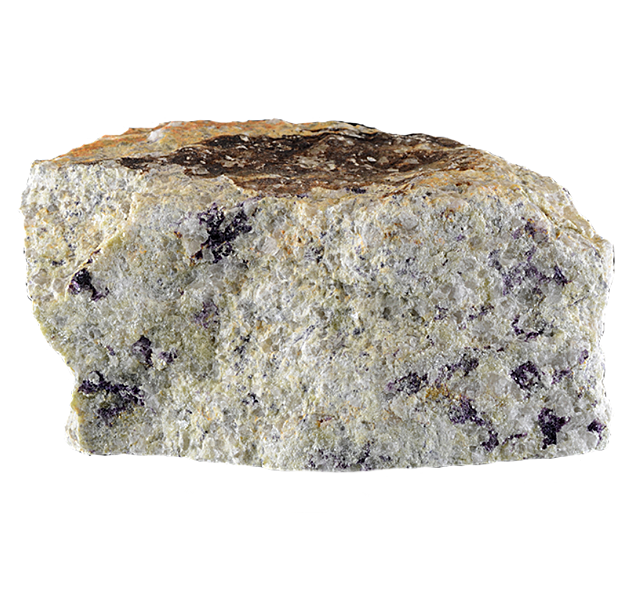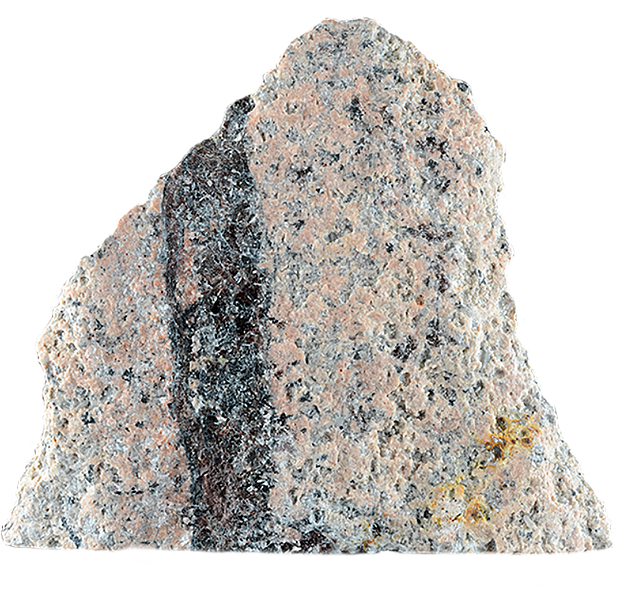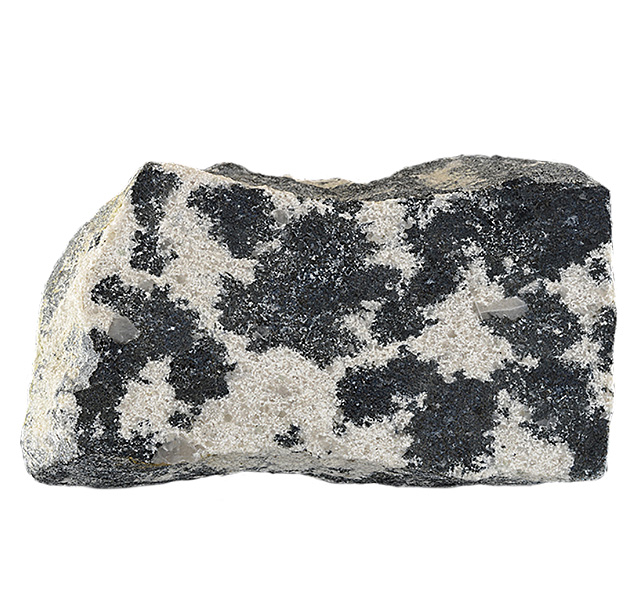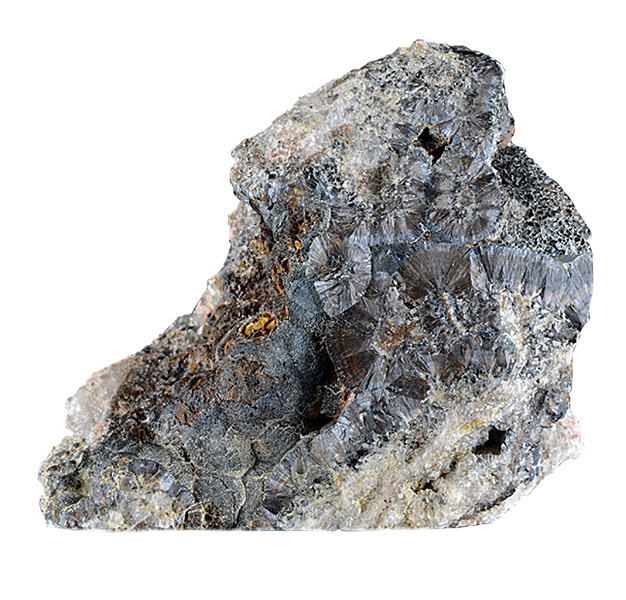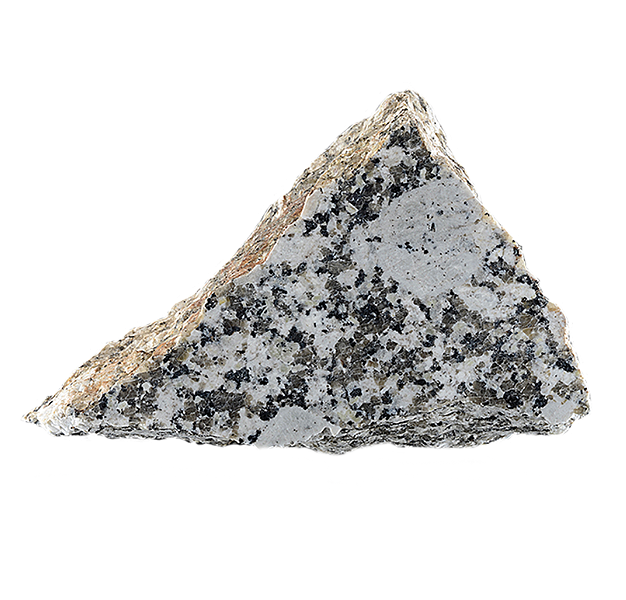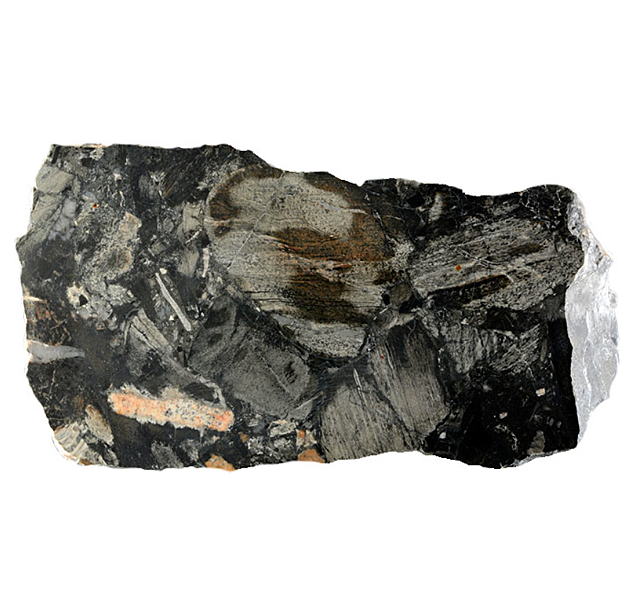
Fact sheet
The Wheal Remfry china clay pit lies at the western end of the St Austell granite complex.The clay pit yields white clay suitable for use in the ceramic industry rather than the more refined clays used in paper making. This explosion breccia provides evidence of the enormous pressures that can build up in trapped hydrothermal fluids. This rock mainly consists of fragments of sediment brought up from depth by the high pressure fluids.
In thin section the rock is dominated by fine-grained bands of tourmaline and quartz that have replaced the original detrital minerals of the sediment. At this scale, the rock consists of a series of fragments welded together and metasomatised by the fluids.
A case study of the St Austell granite complex in Cornwall, England, illustrating the range of rocks associated with a granite intrusion. The earliest part of the complex is a siderophyllite (biotite) granite containing muscovite and tourmaline typical of a SW England granite, with many primary magmatic features.
This early intrusion was followed by the intrusion of an evolved volatile-rich magma which was the driving force behind a series of intense hydrothermal processes as volatiles escaped from this magma and helped to establish an extensive alteration halo (aureole). Boron, fluorine and lithium (as well as water) played major roles in the formation of the second intrusion and in the associated hydrothermal processes. Igneous activity lasted around 18 million years from 282 Ma (siderophyllite granite) to 265 Ma (fluorite granite).
